I'm trying to read the signal between my quadcopter's camera board that is controlled by an android app, and the rotor control board in the drone.
There are two boards in the drone: the camera board, and the motor control board.
Only one wire carries that digital signal (shown below) and encodes soft-stick positions (sent by the android app via 802.11) from the camera board to the motor control board. I know this is the right signal because the 1's and 0's flip clearly in the scope if I move the control stick in the android app. The motor control board then (presumably) feeds its PID controller with these inputs to move the drone.
I would like to read the signal with an MCU so I can use the android app to control other things (like the rotor for our antenna).
When I plug it into the RX of a TTL-to-Serial board (or my Bus Pirate) I just get noise. Or at least, it looks like noise---maybe its binary data, but I've not been able to determine a framing interval and I would expect the data to repeat in the same width each send cycle.
Right now I'm just trying to read the data bytes cleanly:
- Is this a UART signal?
- If so, how can I calculate the baud rate? I've tried the normal rates from 115200 to 9600bps without success.
Pictures
Here are some scope pics with measurements on an old scope. The data chunks are sent about 25x per second. This first picture zooms into a single data chunk coming down the wire:
Picture 1: Full range of the
Cursors are at the far left and right of the display showing 1.18ms from blip-to-blip:
Picture 2
This one zooms into the wider blips near the middle of each section. They measure ~86us apart, you can see the vertical cursors on the left of the image:
Picture 3
If you look at Picture 1 on the far left it looks like fuzz, but if you zoom in there are some very crisp edges measuring about 35us falling-edge-to-falling-edge. Are these start?


